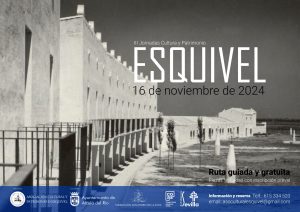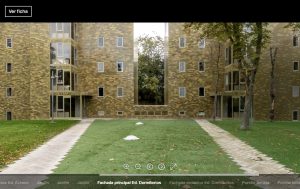Resumo
This dissertation explores the modernization of architecture in Spain in relation to the ideological, cultural, and institutional evolutions of Francisco Franco’s regime (1939-1975). It traces the ways in which buildings, images, and ideas about the built environment participated in the distinct form of technocracy—a Catholic technocracy—that conformed the Franquista State at mid-passage. In so doing, it provides an interpretation of the historical development of Franquismo as seen through the lens of architecture as much as of the politics of the architecture of the period. Throughout its thirty-six year span, the authoritarian state led by General Franco transitioned from the fascist military autarky that came out of the Civil War (1936-1939) to a technocracy that retained the ultra-conservative values that were essential to its inception. Members of the organization Opus Dei, the lay Catholic movement founded in Spain in the late 1920s, came in the 1950s to control the cultural and governing apparatus of the regime. As non-party technocrats, they were called upon to rationalize the government, advance sciences and technology, liberalize the economy, and bring forth the country’s geopolitical realignment with the democratic West. The ambiguous combination of conservative Catholicism and modernization they promoted best suited the regime, as it sustained the reactionary apparatuses of the dictatorship while allowing for partial reforms. Through a series of close analyses of four buildings now canonical of the period—the Camino Chapel designed in 1954, the Tarragona Government Building of 1956, the national pavilion of Expo 58, and the Pallars housing block for workers built in 1959—this dissertation makes buildings speak of the shifting politics of Franquismo and its governing techniques, of the dislocations of Catholicism that were essential to these changes, and of the distinct architectural culture that emerged within these processes. This history thus reveals the structural role certain buildings played in the advent of Spain’s Catholic technocracy, arguing that the intersection of aesthetics and politics assumed the paradoxical discursive form of silence.
Ver tesis





